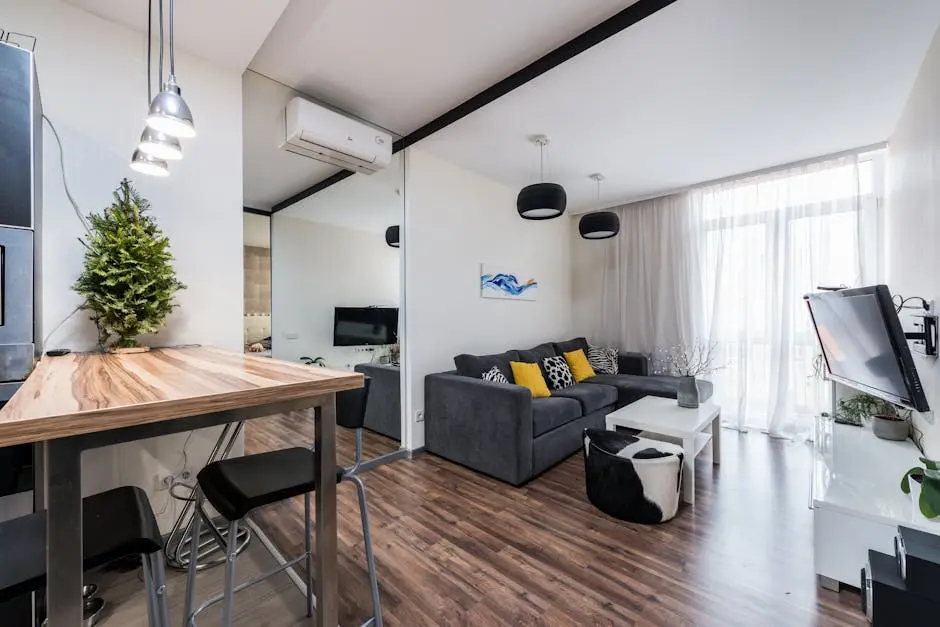
Diy Mini Split Installation Made Easy
Share
Installing a mini split system can seem daunting, but with the right guidance, it’s a manageable project even for DIY enthusiasts. In this blog, we’ll break down each step of the installation process, ensuring you understand both the tools you’ll need and the techniques required. Let’s make your mini split installation as simple as possible! Go to EcoClimateSource.com today!
Understanding Mini Split Systems
A mini split system provides efficient heating and cooling without the need for ductwork. Understanding its components and benefits is crucial before diving into the installation process.
Mini split systems are composed of two main parts: the indoor air-handling unit and the outdoor compressor/condenser. The absence of ductwork reduces energy losses, which occur in central forced-air systems. According to LRN2DIY, this makes them ideal for room additions or locations where ductwork is not feasible.
Tools and Materials You’ll Need
Having the right tools and materials on hand can make the installation much smoother. We’ll list the essentials you’ll need to get started.
For a successful DIY mini split installation, you should gather a set of basic tools including a hex wrench, a cordless drill with various attachments, and an IR thermometer to check performance after setup. The Instructables guide suggests using a magnetic level to ensure a proper angle for drainage, and a vacuum pump to clear any moisture from the lines.
Additionally, safety gear like goggles and gloves is crucial to protect yourself during the installation. Also, check if you need any specialized tools based on the mini split model you purchase.
Selecting the Ideal Location for Installation
Choosing the right spot for both the indoor and outdoor units is key to efficient operation. We’ll guide you on how to identify these prime locations.
When selecting a spot for your indoor unit, ensure it is placed on an exterior wall that has a clear path for refrigerant lines and electrical connections. It’s advisable, as AC Service Tech recommends, to avoid areas directly in sunlight or close to sources of heat like lamps.
For the outdoor unit, pick a cool, shaded area that allows sufficient ventilation. It should be free from obstructions like foliage or walls to avoid performance issues. Ensuring easy access for maintenance and safety checks should also be considered.
Proper placement, as highlighted by The Bee Team, minimizes potential maintenance issues and optimizes system performance.
Mounting the Indoor Unit
Step-by-step instructions on how to securely mount the indoor unit, ensuring it functions correctly and quietly.
Start by using the mounting plate as a guide to mark the screw locations on the wall. It’s crucial to secure the plate to a sturdy section with wall anchors if studs are not available. As emphasized in the LRN2DIY, ensure it is level to avoid drainage issues from the condensate line.
Once mounted, thread the drain hose, refrigerant piping, and signal cable through a hole drilled slightly downward. This prevents water from entering the interior. Seal the hole adequately with foam or silicone.
Installing the Outdoor Unit
A reliable outdoor unit installation is vital for system longevity. Learn how to position and secure this unit effectively.
The outdoor unit’s stability is key to reducing operational noise and enhancing longevity. Installing it on a concrete pad or a wall mount bracket is recommended. As outlined in the DIY Mini Split Installation, ensure the platform is level and secured with anti-vibration pads to safeguard against unnecessary shaking.
Connecting Electrical and Refrigerant Lines
We’ll cover how to safely connect the electrical wiring and refrigerant lines between the indoor and outdoor units.
The connection of refrigerant lines calls for precision. Align the lines properly to avoid over-tightening which might lead to refrigerant leaks. As taught by Craig Migliacco, using the correct torque specifications helps ensure no leakage while maintaining a solid connection.
For the electrical connection, refer to your model’s diagram for proper wiring. If this stage is beyond your expertise, enlisting the help of a certified electrician is wise, since electrical mistakes can be costly and dangerous.
Testing the System
Once connected, you’ll want to test the system to ensure everything is in perfect working order. Here’s how to do it.
Before turning on the system, perform a triple check on all connections and ensure they are sealed and secured. Activate the system using the remote control and test all modes, such as heating and cooling, to ensure they operate correctly.
Measuring temperature outputs using an IR thermometer will confirm if the system works optimally. If the system doesn’t perform as expected, consult the DIY Mini Split Installation or reach out for professional services to avoid further complications.
Enjoying the Comfort of Your DIY Installation
By following these steps and guidelines, installing your own mini split system can be a straightforward and rewarding process. Not only will you enjoy a comfortable climate in your home, but you’ll also appreciate the satisfaction of a job well done. Remember, always prioritize safety and consult with a professional if in doubt. Happy installing!


